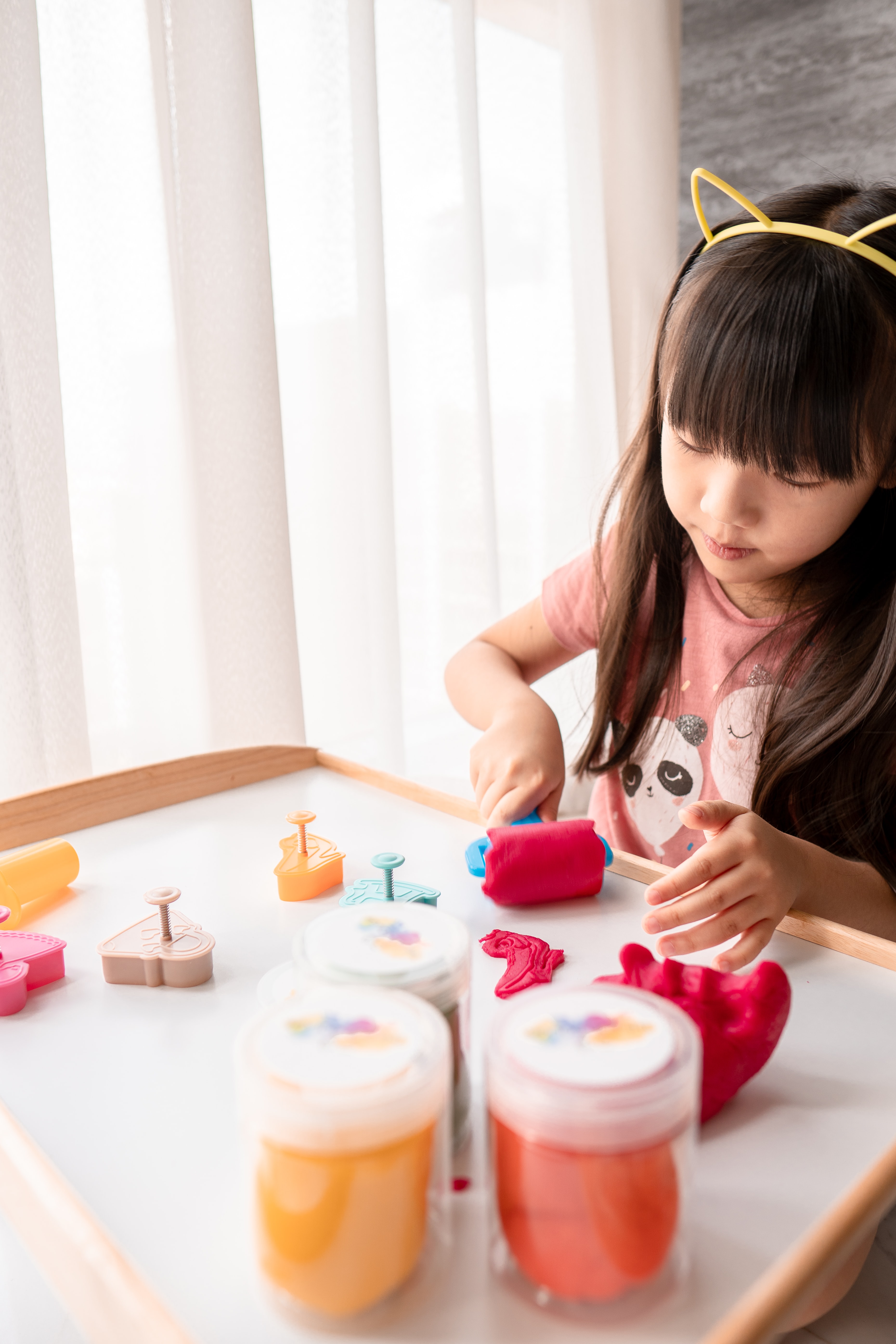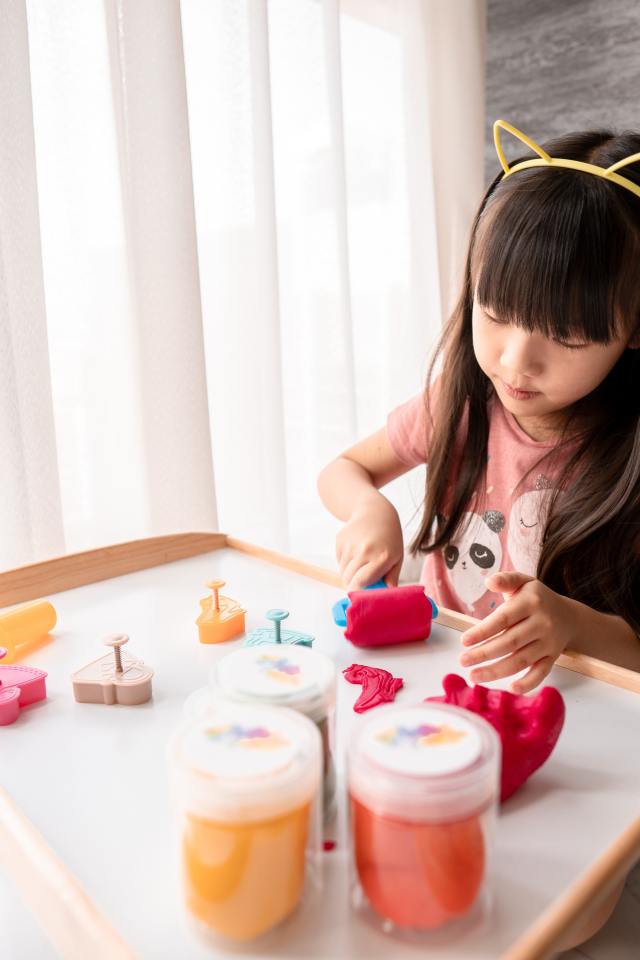
“Alexa, how do I go to a friend house and not germs?” My heart sank. My incredibly resilient, almost-four-year-old had had enough of sheltering in place. I had seen earlier signs of fatigue and didn’t realize it. A couple of weeks ago he had started inviting the entire cast of Paw Patrol over to the house to stay for dinner. Yes, he regularly engages in pretend play, but this was different. He made a big deal over opening the door to the house each time they “came over” and welcoming them in.
The COVID-19 pandemic has been hard on all of us, introverts and extroverts alike. As a people, we are accustomed to doing things when and how we want to do them. No more is this visible than at the preschool age where our children are developmentally just able enough to start grasping what’s going on, but not quite able to understand things on a meaningful level. For our particular preschooler, we broke things down into simple soundbites: there are bad germs in the air; we don’t want to get sick; everybody is staying home as much as they can, so we don’t mix with the bad germs. We can’t visit our friends and they can’t visit us. This worked for the first couple of weeks. The extroverted and socially dynamic child that he is, we found ourselves in a quandary. How do we keep him connected and safe at the same time? Through trial and error, we found some things that are working for us, as usual, your mileage may vary:
1. Arrange a Distance Picnic with Friends. Yes, you can picnic outside with your friends, it just takes a bit of creativity. Here’s where ingenuity is essential. Use your WI-FI connection to have virtual picnics across distances.
If you don’t have WI-FI, or if your friends are right next door another option is picnicking “across the fence.” Yet another is meeting at a place that’s big enough to allow all of you to be close, but separate. With restrictions easing up, this is now much more doable, and safer. Just please, use your common sense. You cannot take care of your child if you are sick.
2. Teleconferencing Is Not Just for Adults. We’ve had much success setting up one-on-one playdates between our child and his friends via videoconference. Essential for us has been limiting the number of children on the “call.” We’ve found that when there are two or three kids their participation is more natural and they each take turns. The higher the number of kids, the more chaos ensues.
3. Stay Connected in Different Ways. Have your child draw pictures for their friends and send them by mail. Do the same thing for family members that are not with them. Teach them about the value of sending notes, even if it’s a simple “Hi” that is crudely written, photographed, and texted across the ether. When reading a story with your child, ask them questions like: “Does this remind you of . . .?” “Wouldn’t your friend like this story too? Keep their friends present by referencing them in your daily interactions.
4. Get Outside and Distract—Take Long, Active Walks in Your Neighborhood. Going for a walk is a wonderful distraction that gets the blood pumping and provides healthy exercise for the whole family. However, I’m not advocating a simple, family walk. There are lots of different types of walks you can take to engage your child. Here are two examples:
- A Sensory Hunt: Make a list of sensory activities that you can “discover” on your walk throughout the neighborhood. Is there a tree that can be climbed? Is there an airplane/helicopter that can be heard? Are there flowers that can be smelled? Are there rocks/grasses/bricks that can be touched? The possibilities for the list are endless. Have your child explain to you what sense is being used for each object. Not only does it get you outside of the house, but it also gets your mind, and the child’s mind engaged in critical thinking skills.
- An Activity Scavenger Hunt: This activity is a hit with our energetic four-year-old and we owe it to his dedicated PE teacher! Make a list of objects to find on the scavenger hunt: a red car, a blue bicycle, etc…Then, make a list of activities you have to do for each object that is found: 5 jumping jacks, 4 knee bends, 3 squats, 4 tumbles, etc. When the object is found, you engage in the activity. You can also substitute Yoga poses for activities!
I have to be honest, after my son asked Alexa the question, I was hoping against hope that she would answer, taking us off the hook. Of course, she said, “I don’t know what you mean,” and we were left to our own devices. When his dark brown eyes looked towards me for a response, I said, “Honey, I want you to visit with your friends too. And, I promise that when we can do it and make sure everybody stays safe, we will.” Placated for the moment, he said “Okay,” and rushed to the door to announce that the Paw Patrol would be coming for dinner.











